Hydrogen peroxide, also known as H2O2, is a versatile chemical compound with numerous health benefits and uses. It is a pale blue liquid with strong oxidizing properties and is widely used as a cleaning, disinfectant, and bleaching agent. However, its benefits extend beyond these conventional uses. This article will explore 30 different health benefits and uses of hydrogen peroxide.
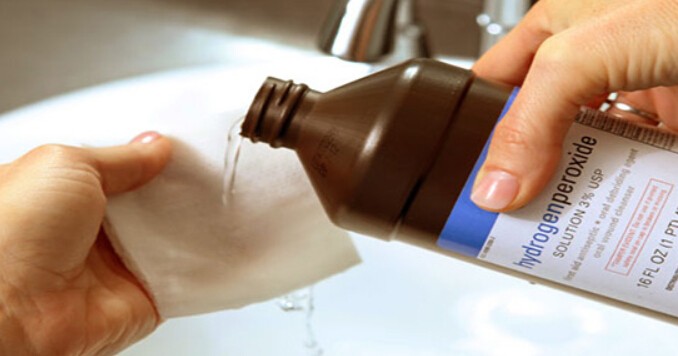
30 Health Benefits and Uses of Hydrogen Peroxide
Hydrogen peroxide has many uses. It works and is safe when used correctly. Let’s look at some of the benefits of hydrogen peroxide you can try.
1. Promotes Wound Healing
Hydrogen peroxide can be an effective antiseptic to prevent infection and promote wound healing. When applied to minor cuts, scrapes, or burns, it releases oxygen, which helps to kill bacteria and clean the affected area. It also aids in the removal of debris and dead tissue, allowing for faster healing.
2. Treats Oral Infections
Hydrogen peroxide can be used as a mouthwash to treat oral infections, such as gingivitis and canker sores. Its antibacterial properties help to kill the harmful bacteria in the mouth and reduce inflammation.
Dilute hydrogen peroxide with water and swish it in your mouth for a minute before spitting it out.
3. Relieves Sinus Infections
Sinus infections can cause discomfort and congestion. Using a diluted hydrogen peroxide solution as a nasal spray can help alleviate the symptoms. Mix one part hydrogen peroxide with three parts water and spray it into each nostril, allowing it to drain out.
4. Whitens Teeth
Hydrogen peroxide is a common ingredient in teeth-whitening products. Its bleaching properties can help remove stains from the surface of the teeth, restoring their natural whiteness. However, using hydrogen peroxide-based products in moderation is essential to avoid damaging the tooth enamel.
5. Treats Acne
Acne is a common skin condition that can be effectively treated with hydrogen peroxide. It helps kill the bacteria that contribute to acne formation and reduces inflammation.
Apply a small amount of hydrogen peroxide to the affected area using a cotton swab, and leave it on for a few minutes before rinsing off with water.
6. Relieves Ear Infections
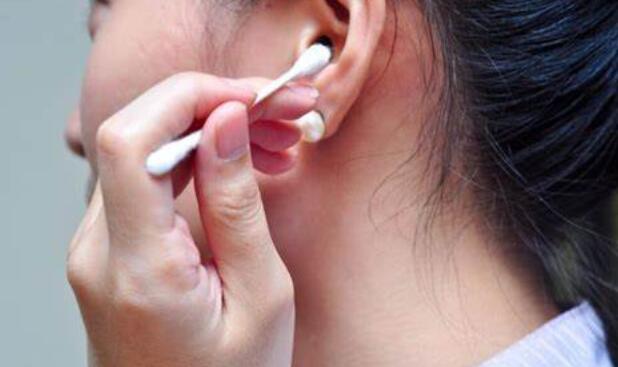
Hydrogen peroxide can relieve ear infections by clearing the excess earwax and bacteria from the ear canal.
Tilt your head to one side and put a few drops of hydrogen peroxide into the affected ear. Allow it to bubble for a few minutes before draining the solution out.
7. Treats Nail Fungus
Nail fungus is a common condition that can cause discoloration, thickening, and brittleness of the nails. Hydrogen peroxide can help combat nail fungus due to its antifungal properties. Soak the affected nails in a mixture of hydrogen peroxide and warm water for 15-20 minutes daily.
8. Relieves Allergies
Allergies can be a source of great discomfort and can affect daily life. Hydrogen peroxide can provide relief by acting as a nasal spray. It helps to remove allergens and reduce inflammation in the nasal passages. A diluted hydrogen peroxide solution is used as a nasal spray to alleviate allergy symptoms.
9. Removes Ear Wax
Excessive earwax can lead to hearing difficulties and discomfort. Hydrogen peroxide can help soften and remove earwax build-up. Tilt your head to one side and pour a few drops of hydrogen peroxide into the ear canal. You can let it bubble for a few minutes, then drain the solution.
10. Disinfects Surfaces
Hydrogen peroxide is a powerful disinfectant that can be used to clean and disinfect various surfaces in your home. Its antimicrobial properties help kill bacteria, viruses, and fungi, making it an excellent choice for sanitizing countertops, cutting boards, and bathroom fixtures.
11. Removes Stains
Stubborn stains on clothing or other fabrics can be challenging to remove. Hydrogen peroxide can help break down the stain molecules, making removing them easier. Apply a small amount of hydrogen peroxide directly to the stain, let it sit for a few minutes, and then wash the fabric as usual.
12. Relieves Sore Throat
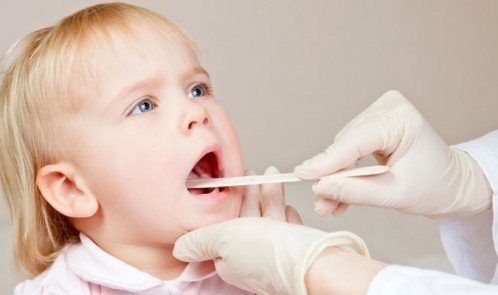
A sore throat can make swallowing painful and uncomfortable. Gargling with a mixture of hydrogen peroxide and water can help alleviate the discomfort. Dilute one part hydrogen peroxide with three parts water and gargle with the mix for a minute before spitting it out.
13. Eliminates Foot Odor
Foot odor is often caused by bacteria thriving in moist environments. Hydrogen peroxide can help eliminate foot odor by killing the odor-causing bacteria. Soak your feet in warm water and hydrogen peroxide for 15-20 minutes to keep them fresh and odor-free.
14. Treats Athlete’s Foot
An athlete’s foot is a common fungal infection that affects the feet. Hydrogen peroxide’s antifungal properties make it effective in treating this condition. Soak your feet in a mixture of hydrogen peroxide and warm water for 15-20 minutes daily to help clear the infection.
15. Removes Pesticide Residues
Fruits and vegetables may contain pesticide residues, which can be harmful if ingested. Hydrogen peroxide can help remove these residues effectively. Fill a basin with water and add a quarter cup of hydrogen peroxide. Soak your produce in the solution for a few minutes before rinsing thoroughly.
16. Relieves Swimmer’s Ear
Swimmer’s ear is an infection that affects the outer ear canal and is often caused by water remaining in the ear after swimming. Hydrogen peroxide can help clear the infection and dry out the excess moisture. Tilt your head to one side and put a few drops of hydrogen peroxide into the affected ear. Allow it to bubble for a few minutes before draining the solution out.
17. Cleans and Whitens Grout
Grout between tiles can become dirty and discolored over time. Hydrogen peroxide can effectively clean and whiten grout lines. Apply a mixture of hydrogen peroxide and baking soda to the grout, scrub gently, and rinse thoroughly for refreshed and clean grout.
18. Treats Vaginal Infections
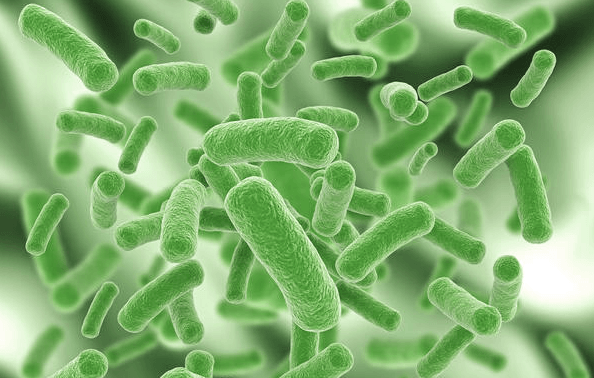
Hydrogen peroxide can also treat certain vaginal infections, such as bacterial vaginosis. It helps restore the natural balance of bacteria in the vaginal area. Mix equal parts of hydrogen peroxide and water and use it as a douche once a day for a week or as directed by a healthcare professional.
19. Removes Mold and Mildew
Mold and mildew can be harmful and unsightly. Hydrogen peroxide is an effective solution for removing mold and mildew from various surfaces. Spray a mixture of hydrogen peroxide and water onto the affected areas, let it sit for a few minutes, and then scrub away the mold and mildew.
20. Cleans Contact Lenses
Contact lenses require proper cleaning to maintain hygiene and prevent eye infections. Hydrogen peroxide-based contact lens solutions can effectively clean and disinfect contact lenses. Follow the instructions provided with the solution for safe and effective use.
21. Disinfects Toothbrushes
Toothbrushes can harbor bacteria and germs, leading to oral health issues. Soaking toothbrushes in hydrogen peroxide can effectively disinfect them. Place your toothbrush in a cup filled with hydrogen peroxide for a few minutes, then rinse thoroughly before use.
22. Removes Stains from Carpets and Upholstery
Accidental spills and stains on carpets and upholstery can be challenging to remove. Hydrogen peroxide can come to the rescue. Mix hydrogen peroxide with mild, mild detergent and apply it to the stained area. Blot the stain with a clean cloth until it lifts.
23. Cleans and Brightens Grout in Tiles
Grout between tiles can accumulate dirt and grime over time. Hydrogen peroxide can be used to restore the cleanliness and brightness of grout lines. Apply hydrogen peroxide to the grout, let it sit for a few minutes, scrub gently, and rinse thoroughly for revitalized grout.
24. Removes Odors from Cutting Boards
Cutting boards can develop unpleasant odors due to food residues and bacteria. Hydrogen peroxide can help eliminate these odors and sanitize cutting boards. Pour hydrogen peroxide over the board, let it sit for a few minutes, and then rinse thoroughly.
25. Cleans and Deodorizes Refrigerators
Refrigerators can harbor spills, stains, and unpleasant odors. Wiping down the interior surfaces with hydrogen peroxide can effectively clean and deodorize the fridge. Dilute hydrogen peroxide with water and wipe the shelves, walls, and drawers. Rinse with water afterward.
26. Helps Treat Foot Fungal Infections
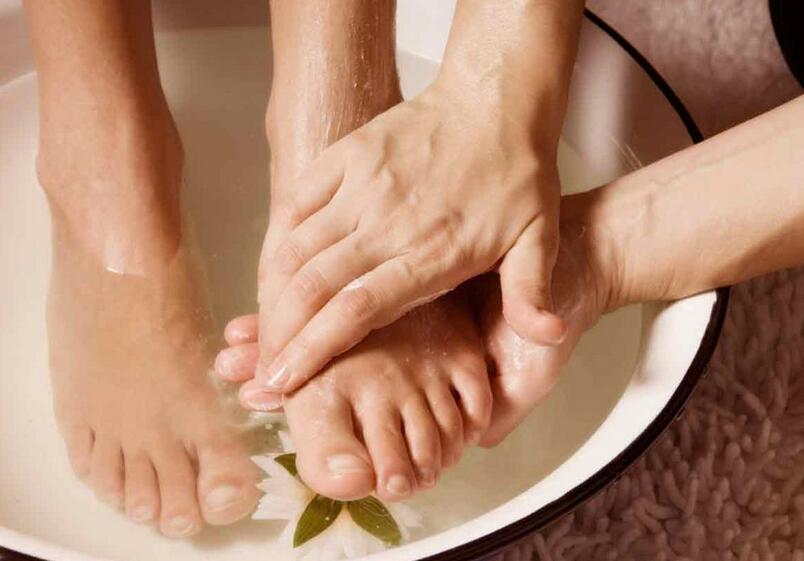
Hydrogen peroxide’s antifungal properties make it helpful in treating foot fungal infections like athlete’s foot. Soak your feet in a mixture of hydrogen peroxide and warm water for 15-20 minutes daily to help combat the fungal infection.
27. Cleans and Disinfects Makeup Brushes
Makeup brushes can accumulate makeup residue, oils, and bacteria over time. Cleaning them with hydrogen peroxide can effectively remove these contaminants. Dilute hydrogen peroxide with water, dip the brushes into the mixture and gently swirl them around. Rinse thoroughly and let them air dry.
28. Removes Skunk Odor from Pets
If your pet has an unfortunate encounter with a skunk, hydrogen peroxide can help neutralize the odor. Mix hydrogen peroxide with baking soda and a small amount of dish soap to create a skunk odor-removal solution. Apply it to your pet’s fur, avoiding the eyes and mouth, and rinse thoroughly.
29. Disinfects and Freshens Dishcloths and Sponges
Dishcloths and sponges used in the kitchen can harbor bacteria and develop unpleasant odors. Soak them in a solution of hydrogen peroxide and water to disinfect and freshen them. Rinse thoroughly afterward.
30. Cleans and Sanitizes Humidifiers
Humidifiers require regular cleaning to prevent the growth of mold and bacteria. Hydrogen peroxide can be used to clean and sanitize humidifiers effectively.
Fill the water tank with a mixture of hydrogen peroxide and water, let it sit for a few hours, and then rinse thoroughly before using the humidifier again.
Frequently Asked Questions
1. Is hydrogen peroxide safe to use?
When used correctly, hydrogen peroxide is generally safe. However, following the recommended dilution ratios and instructions for specific uses is essential. Concentrated hydrogen peroxide can be corrosive and harmful if ingested or applied directly to the skin.
2. How should hydrogen peroxide be stored?
Hydrogen peroxide should be stored in a cool, dry place, away from direct sunlight and heat sources. It should be kept in a well-sealed container, as exposure to air can cause it to break down.
3. Can hydrogen peroxide be used to clean fruits and vegetables?
Yes, hydrogen peroxide can be used to remove pesticide residues from fruits and vegetables. Soaking the produce in a mixture of water and hydrogen peroxide helps eliminate the harmful residues effectively.
Conclusion
Hydrogen peroxide is a versatile compound that offers a wide range of health benefits and uses. However, it is crucial to use hydrogen peroxide responsibly, following the recommended guidelines and instructions for each specific use. With proper usage, hydrogen peroxide can contribute to a cleaner, healthier, and more comfortable lifestyle.



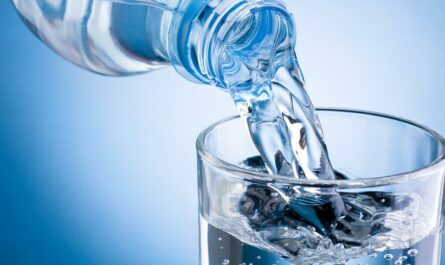
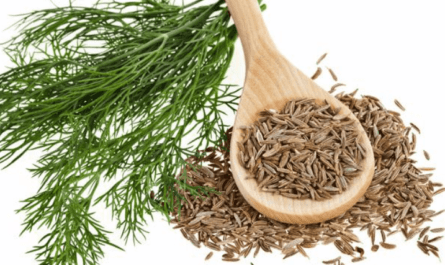

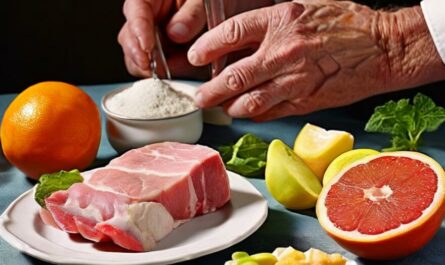
You ought to take part in a contest for one of the greatest sites on the internet.
I am going to highly recommend this site!